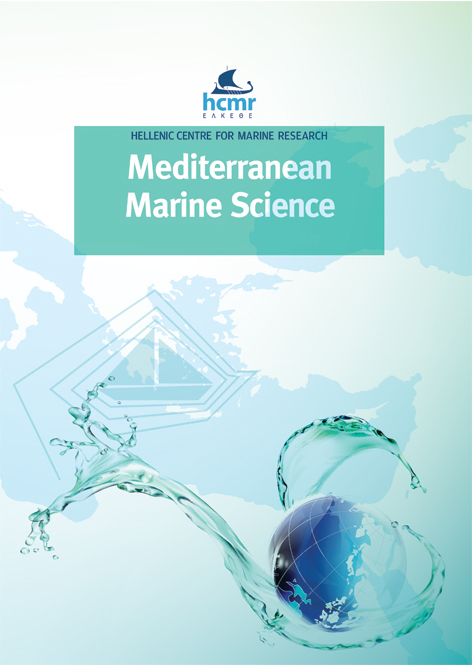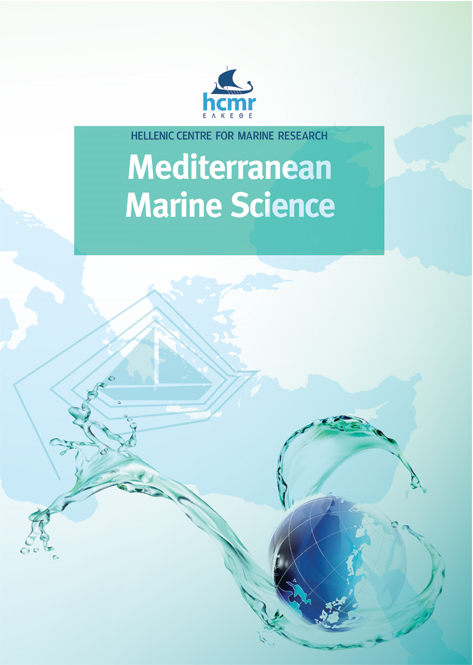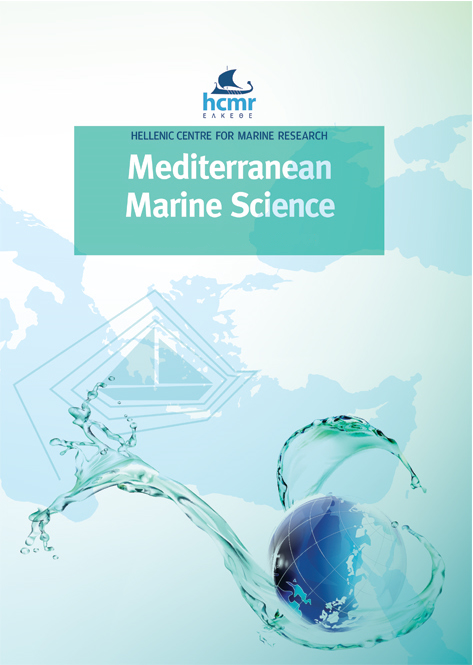Social-ecological features of set nets small-scale fisheries in the context of Mediterranean marine protected areas

Abstract
The small-scale fisheries (SSF) sector has attracted considerable attention over the last decade due to its major importance in sustaining the livelihoods of coastal communities worldwide, poverty alleviation, food security, social wealth and traditions. Despite this importance, quantitative and qualitative information on SSF is still largely lacking and when available, it tends to be scattered or very localized. SSF are also among the very few professional extractive activities generally allowed within Marine Protected Areas (MPAs), and are therefore expected to acquire further momentum in the near future in light of the projected increase of protected marine surface area due to international commitments. However, SSF associated with areas including MPAs may differ from those operating in unprotected contexts with regard to a range of socio-ecological aspects, thus potentially making management strategies currently in force unsuitable, and requiring the development of ad hoc local and regional policies. Here, we assessed the socio-ecological dimension of SSF operating within and around 11 Mediterranean MPAs, in six EU countries, with the aim of identifying relevant patterns that could inform policy and management relative to this fishing sector in view of the forthcoming increase of the marine surface area under protection. To do so, we have adopted a collaborative approach with fishers and combined a photo-sampling survey of 1,292 set net (mainly trammel-nets) fishing operations at landing with 149 semi-structured interviews with fishers, to gather information on features and catches of SSF fleets (e.g. vessel characteristics, gears, catch composition, catch and revenue per unit of effort). Overall, results highlighted: 1) multiple shared features emerging at regional level (i.e. among the 11 study areas), such as the predominant use of set nets, the major contribution of a limited number of species to the overall catch and revenue, the occurrence in the catch of threatened species and/or undersized individuals; 2) a variety of distinctive socio-ecological features differentiating local SSF communities such as the species mainly contributing to catch and revenue, species size distribution and fleet characteristics. In addition to presenting elements to inform common policies and strategies for SSF management in the context of MPAs, our study provides guidance for the development of a standard methodology for the full documentation of SSF in the Mediterranean Sea.
Article Details
- Zitationsvorschlag
-
CALÒ, A., DI FRANCO, A., DIMITRIADIS, C., PIACENTINI, L., VENTURA, P., PEY, A., GARCÍA-CHARTON, J. A., CHARBONNEL, E., DECUGIS, V., DE FRANCO, F., FOURNARI-KONSTANTINIDOU, I., GRBIN, J., KASTELIC, L., MEROTTO, L., RINAUDO, I., MARIE-CATHERINE, M.-C., SOBRADO-LLOMPART, F., TRUJILLO-ALARCON, M., QUATTROCCHI, F., MILAZZO, M., & GUIDETTI, P. (2023). Social-ecological features of set nets small-scale fisheries in the context of Mediterranean marine protected areas. Mediterranean Marine Science, 24(3), 491–509. https://doi.org/10.12681/mms.33079
- Rubrik
- Research Article
Authors who publish with this journal agree to the following terms:
- Authors retain copyright and grant the journal right of first publication with the work simultaneously licensed under a Creative Commons Attribution Non-Commercial License that allows others to share the work with an acknowledgement of the work's authorship and initial publication in this journal.
- Authors are able to enter into separate, additional contractual arrangements for the non-exclusive distribution of the journal's published version of the work (e.g. post it to an institutional repository or publish it in a book), with an acknowledgement of its initial publication in this journal.
- Authors are permitted and encouraged to post their work online (preferably in institutional repositories or on their website) prior to and during the submission process, as it can lead to productive exchanges, as well as earlier and greater citation of published work (See The Effect of Open Access).













